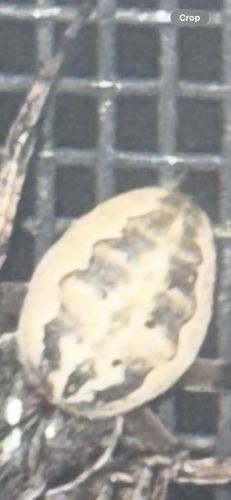Orb Weaver Spider (likely an Argiope species)
Scientific Name: Argiope (e.g., Argiope aurantia or Argiope trifasciata are common in many areas)
Order & Family: Order: Araneae, Family: Araneidae (Orb Weavers)
Size: Body length typically ranges from 5 to 28 mm (0.2 to 1.1 inches) for females; males are usually much smaller, around 3 to 9 mm (0.12 to 0.35 inches).

Natural Habitat
Found in a variety of habitats, including gardens, forests, fields, and wetlands, where they can anchor their large webs between plants, branches, or structures.
Diet & Feeding
Primarily insects caught in their webs, such as flies, moths, and bees. They use venom to paralyze prey and then wrap it in silk before consumption.
Behavior Patterns
Orb weavers are known for constructing intricate, wheel-shaped webs to catch prey. They typically rebuild their webs daily, often consuming the old silk to recycle proteins. They are generally nocturnal, constructing or repairing webs at night and resting during the day.
Risks & Benefits
Risks: Generally considered harmless to humans. Their bites are rare and typically result in only mild localized pain, redness, or swelling, similar to a bee sting. They are not considered medically significant. Benefits: Significant predators of flying insects, helping to control pest populations in agricultural and natural ecosystems.
Identified on: 9/2/2025